8 Ways on How to Design Packaging for a New Product

Product development is an exciting process, especially in its final stages, when your product comes to life. One of the key decisions you’ll need to make, is how you will design your product packaging. Done well, packaging gives your product brand appeal, differentiates it from competition and helps it arrive safely.
If you are in the early stages of development, wondering how to design new packaging for a product, here is a tutorial for the design procecss:
1. Understand Your Product
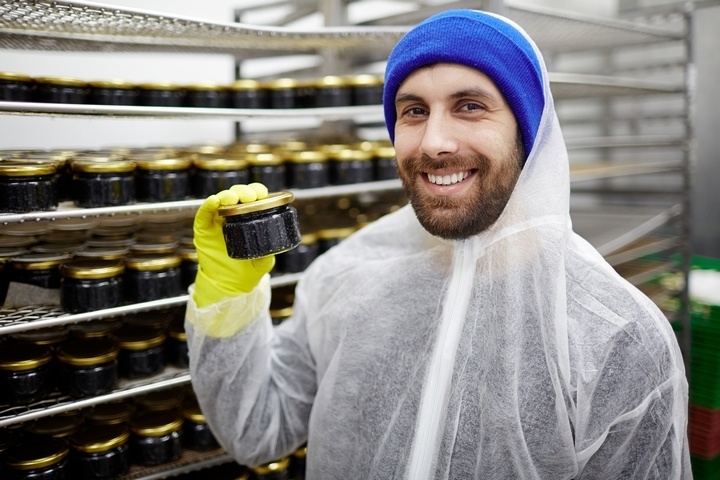
In order to design new packaging for a product, you need to understand what your product is all about. How you design product packaging would be very different from the design process for food packaging, so you must understand your product well.
When it comes to product packaging, the biggest questions lie around the product itself. What materials is it made of? Does it need extra protection? What are its final dimensions? Is it something consumers will pick up at the store or have shipped to them? A robust understanding of your product will help you plan its ideal packaging.
2. Know Your Recipient

Will you be shipping your product to your end consumer or to a retail outlet? Will they be picking it up from a shelf or as an on-counter impulse purchase? The answers determine how you will brand your product for shipment.
If you are shipping directly to consumers, who are they? Do you need larger text and easy-open packaging for older adults? Can you make the packaging pop for a younger, brand-conscious consumer? Knowing your end consumer and how they shop will help you to better design your packaging.
3. Plan for Layers
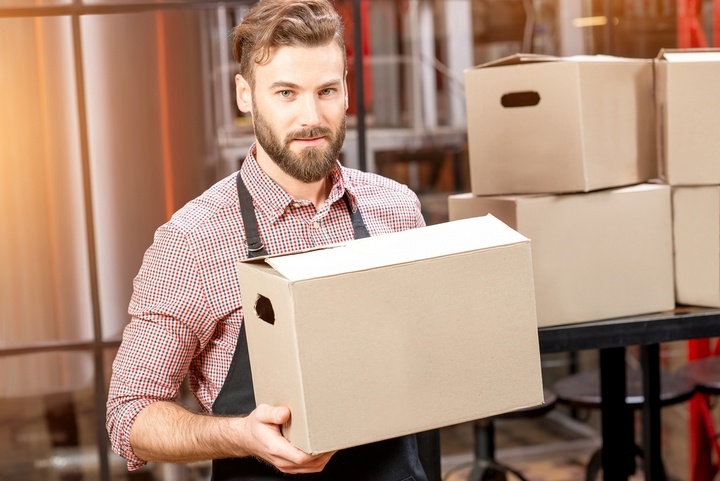
Every product needs some form of packaging—whether one layer or more. Outer packaging is the box or bag you will see when your product is shipped or placed in a bag in-store. Inner packaging is the fill or soft material that nestles around your product to keep it safe in transit.
Product packaging is what holds or contains the product itself—perhaps the jar that holds hand cream or the wrapper that contains chocolate. Your product may require one layer or all three, depending on the way it is contained and sold. Be prepared to address as many layers as you need.
4. Decide on Dimensions

Depending on how and where your product will be sold, you may have the flexibility to add distinct dimensions to your packaging. If you are manufacturing a liquid product, perhaps you can package it in a distinct, uniquely-shaped bottle.
If you are making a boxed product, maybe you can use a shape other than a rectangle. The drawback to these variations, of course, is that they are more cumbersome to ship. Clean, evenly-lined boxes or bags, which can be compressed, are almost always the most efficient way to ship products.
5. Stay True to Your Brand
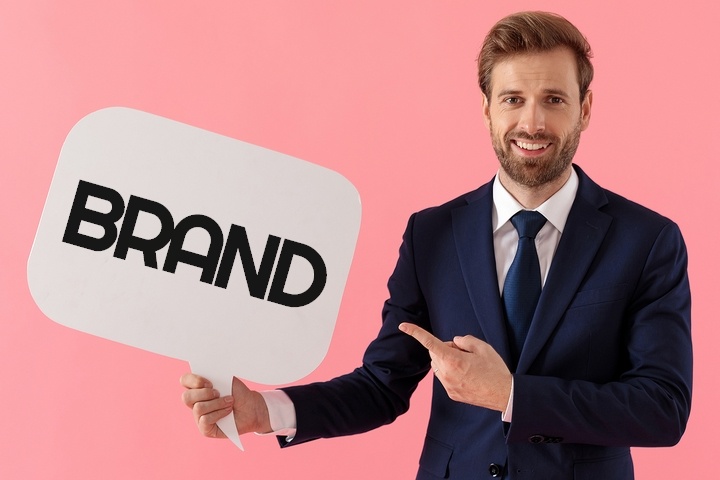
As you think about your layers of packaging and the shape you want it to be, make sure you keep your brand principles in mind. First, keep your logo front and centre, with plenty of room around it, for easy viewing and brand integrity. If you are shipping with your brand’s colours on the packaging, make sure they are perfectly matched, not close-enough.
Finally, as you think about the experience your end consumer will have opening your product, make sure you have the right communication embedded—thank you notes, return policies and other messages.
6. Make it Easy to Open
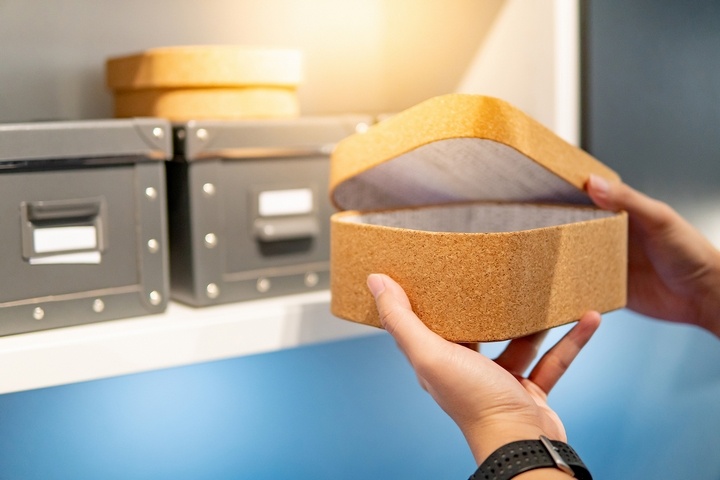
When it comes time to think about the box or wrappers that will surround your product, make sure they are easy to open. This could mean paying for perforated openings in a cardboard box, having a pull string to open plastic or cardboard seals or simply having box ends that release easily, when opened. While your customer may not rave over an easy-to-open package, they will almost certainly remember the hard-to-open brands.
7. Keep Sustainability in Mind
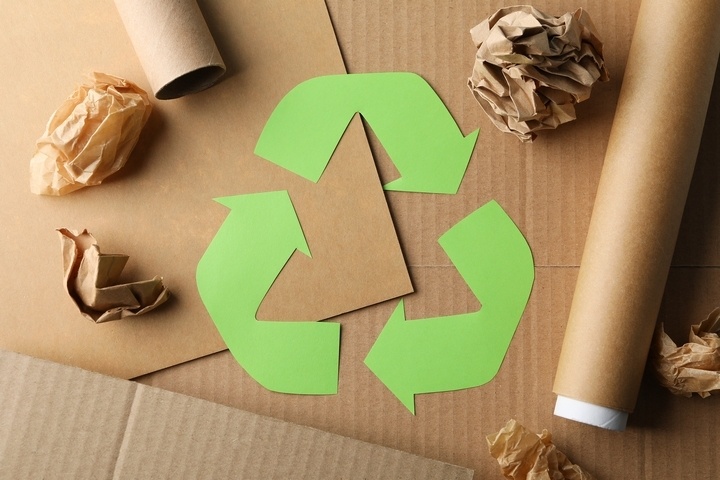
Thankfully, there are plenty of options in modern packaging materials. Chances are, no matter what the shape, size and nature of your product, you can source environmentally-friendly packaging materials. This can be a win for both your brand and the environment, as customers will remember your commitment to sustainable materials.
8. Evaluate and Adjust
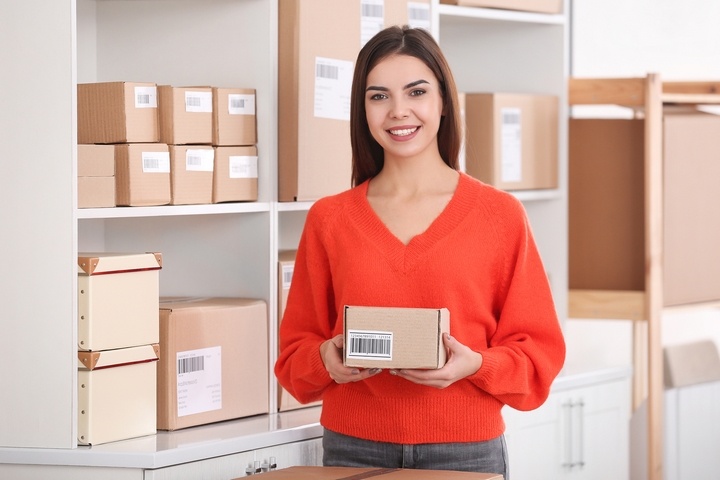
The good news is, when it comes to packaging for your products, your decisions are seldom locked in for the long haul. While you may need to use a certain amount of inventory before switching gears, you can gather feedback along the way, evaluate the packaging choices you’ve made and make adjustments going forward.
Whether you want to do a better job of protecting your product, choose more environmentally-friendly materials or change suppliers, set a realistic timeline for your current run and consider making adjustments down the road.
Product packaging has a wide range of components. When executed well, with brand guidelines in mind, it can be a value-added component of your product—a chance to thank your consumers, deliver brand appeal and share your values by the way of sustainable materials.
If you’re at the early stages of product development, wondering how to design packaging for a new product, be sure to consult your marketing, finance and operational teams in order to make the most of your choices.



















